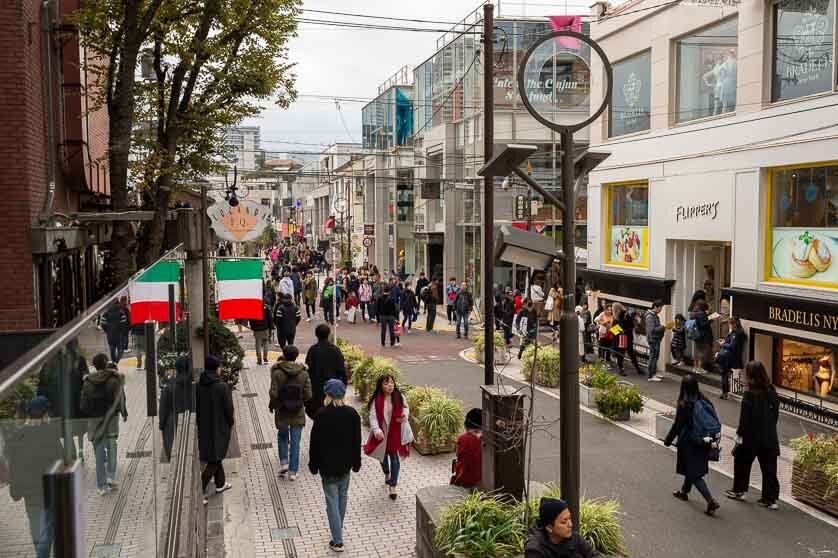These superb quality towels has been leading the towel industry for over 120 years in Japan. The softness and ability to absorb water well has put its name in the books around the world and has also appeared in many exhibitions. The towels are produced in Imabari, Ehime Prefecture where they use the natural soft water nearby which is gentle to the yarn of the towel. Each towel goes through a 5 second test where if after 5 seconds, the towel sinks, then it passes.
Address: 2F 203, 5-3-10, Minami-aoyama, minato-ku, Tokyo 〒 107-0062
Hours: Closed every 2nd Tuesday of the month, 11:00am - 7:30pm
Tel: +81-3-6427-2941
Website: https://www.imabaritowel.jp/en
How to get there: A 7 minute walk from the Omotesando Station, Exit A5 on the Hanzomon or Ginza Lines.
Video Credits: Youtube


















